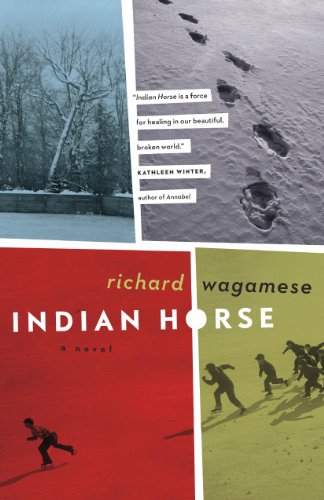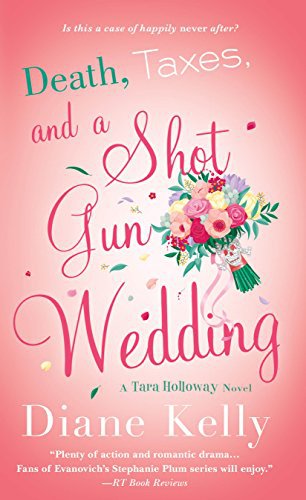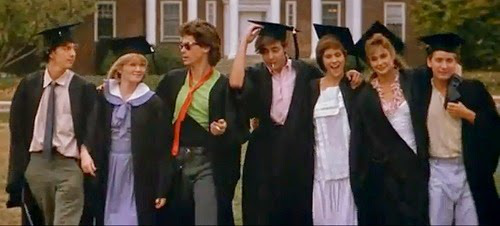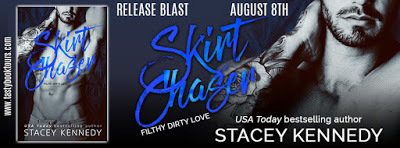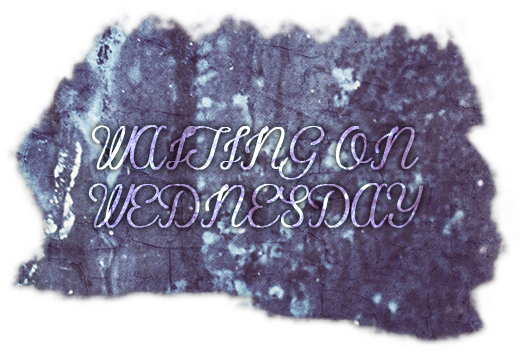The Angels’ Share
James Markert
Q & A for Ocdwhisky ’ Blog
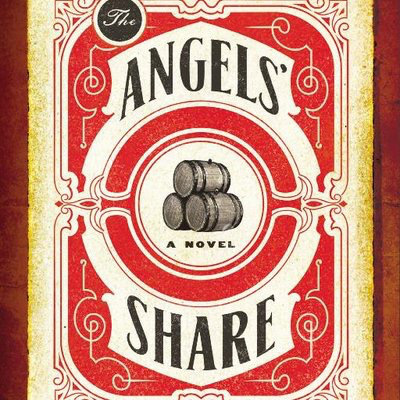
A Day in the Life…
Pretty boring. I get up. I help get the kids ready for school. I fix coffee. I sit on my ass for six hours writing. I’m also a tennis pro, so I teach a few hours on most afternoons—if you like tennis I wrote a romantic comedy called 2nd Serve and it’s available on iTunes! Then I eat dinner, hang out with the family, and go to sleep!
1: Please tell us a little about the book.
The Angel’s Share is a story about fathers and sons, about redemption and hope, during the Great Depression. Prohibition has been repealed, but the Old Sam McFee distillery, once the lifeblood of the small town of Twisted Tree, Kentucky, has yet to start filling the barrels with whisky. Dealing with family tragedy—the death of their youngest son—Barley McFee does little except sit in his chair sipping Old Forester and watching out the window toward the neighboring potter’s field, where the homeless are regularly buried in unattended funerals. But on the one-year anniversary of the son’s death, another homeless man, Asher Keating, is buried, and that night hundreds of homeless come to pay their respects. This gets Barley out of his chair. Together, Barley and his son William, the oldest and a budding reporter, set off to discover who this man was and why he had such a following. It turns out that many believed Asher was a Christ figure—he fed and clothed the other homeless (by stealing), and may have even performed a few miracles of healing (others believed he was an opium addict with the skills of a magician). But then a small miracle happens at the distillery involving the McFee daughter, and William uses this to publish his first breaking story: The Potter’s Field Christ! Soon the woods surrounding the distillery are full of people looking for answers during these tough times, and large lines form to visit Asher’s grave, many hoping their luck will turn too. Stories of Asher bring life back to the town, and soon the McFees are filling their aging house with full barrels of whiskey again. Old Sam is back in business. But the attention isn’t all good. Gangsters from Barley’s past—he was a bootlegger during Prohibition—still want him dead, and now that Twisted Tree is all over the newspapers, they know where to find him.
2: When did you first get the idea? What then inspired this story?
I actually came up with the title for this story before I came up with a story. When I was touring the Jim Beam Bourbon Distillery with my wife a couple years ago, we entered the rick house, where thousands of bourbon barrels were aging—literally stacked to the ceiling—and the tour guide told us about the wonderfully thick aroma we’d all noticed upon entering, hints of fruit and aged wood, vanilla, caramel, and butterscotch, and more . . . the angels’ share. She explained that when bourbon ages and temperatures rise and fall, pulling whiskey in and out of the charred wood, the liquid is naturally flavored, and over time, some evaporates through the staves and permeates the air—the distillery’s offering to the angels. In turn, the angels would keep the distillery free of fire. I knew then and there that I wanted to write a novel called The Angels’ Share. And loving history as I do, Prohibition and the Great Depression jumped out at me. Next to a closed-down distillery I imagined a potter’s field where the homeless were buried daily, where no one paid any attention to the deceased except the McFee family, who were still mourning their own loss. I thought, “What if one of those homeless men or women really did matter, and to a LOT of people?” And then the idea of the Potter’s Field Christ was born, the homeless man who, because of the way he lived and treated others, was thought by many of his brethren to be anything but ordinary.
3: The title of this book draws a question:
Does whiskey play a pivotal role in your book?
Bourbon whiskey plays a major role in the book. The McFee distillery was the lifeblood of the town of Twisted Tree, and bourbon was the blood that ran through its veins. After prohibition and family tragedy, their hearts needed to be kick-started again, and this push came in the form of a homeless man recently buried in the neighboring potter’s field—Asher Keating—a man who is dead the entire book yet brings life to anyone willing enough to embrace the impossible. And soon the bourbon barrels are rolling full across the runs again.
4: Will there be any more books on this subject?
I don’t plan on doing a sequel to this book, but I do hope to revisit the time period and content again. I love reading about the 1920’s, Prohibition, gangsters, and booze. I may not write something so central to the story as bourbon is with this one, but I’d like to write another novel where whisky plays a big part, a bootlegging and illegal distilling story. Something similar in tone to Peaky Blinders—I love that show!! But in The Angels’ Share, I created my own fictional bourbon—Old Sam McFee, although everyone who’s just cool calls it Old Sam. I plan to write Old Sam into every book I write in the future. For example, in my next novel, All Things Bright and Strange (set just after the Great War) everyone drinks Old Sam, and they’ve begun to stash bottles of it now that Prohibition looms. I’m tinkering with a real Old Sam label and have even talked to a few distilleries about making Old Sam into an actual bourbon. I’d call it the Best Fictional Bourbon in the World!
5: Are any of the pieces pulled from reality?
All of the characters are fictional, which is why I refer to this and some of my other books as commercial fiction set during historical times, instead of straight-up historical fiction. I’d be lying if I said some of the character traits didn’t resemble my own, but in the spirit of being somewhat vague, I’m choosing not to reveal which traits or characters of which I speak! But as far as some of the topics in the book, here are a few pieces I pulled from real life. Old Forester is prominently featured in the book because they did indeed survive prohibition as one of a handful of bourbons allowed to continue production for medicinal purposes. So this is what Barley McFee drinks throughout the story because it is available, and the fictional Old Sam bourbon isn’t ready yet. Unfortunately, the Klan was very real back then, although not as prominent in the 1930s as it was in the 1920s. Along with perpetuating the hate we’ve come to associate with the KKK, they were also Prohibitionists and very anti-Catholic. The old coke ovens, where some of the homeless stayed along the river, were real. Rose Island, although it now looks like an overgrown ghost haven, was a popular amusement park back in the 1920s. Lakeland Lunatic Asylum is based on the real asylum, which has since been leveled and replaced by a prison.
6: What three words would you use to describe this book and why?
Gritty: Because it’s not all peaches and cream. There’s some violence and drinking and heartbreak, but I like to peel off the layers and slowly reveal the beauty and hope beneath it all. When I wrote The Angels’ Share, as far as a tone fit to be emulated, I had the Coen Brothers’ O Brother Where Art Thou in mind. I hope I did that tone justice. I love that soundtrack!
Suspenseful: I didn’t write it as a flat-out suspense novel, but it ended up moving like one, with elements of it sprinkled throughout. And any time you have a bad guy named Tommy “The Bat” Borduchi on the lam, you better keep the pages turning.
Redemption: Because everyone looks for a way to clear that debt, and Barley McFee, with his many secrets, is no different.
7: How is bourbon a character like the people in the story?
The McFee distillery was closed down at the beginning of Prohibition, and like several characters in the book it gets a chance for new life. And, of course, bourbon breathes, and it ages, like we all do!
8: Nearly 800,000 people toured bourbon distilleries in 2016. As a Kentucky resident, which distilleries are your favourite ?
I’ve visited about ten of the distilleries on the bourbon trail and haven’t been to one that wasn’t beautiful, but I do have a few favorites. Buffalo Trace is a great tour. When I was there walking the grounds, barrels rolled out of various buildings and into others, so I got to see the barrel runs up close and personal, like train tracks connecting several of the buildings. The distillery that helped inspire the fictional town of Twisted Tree was the Woodford Distillery. Small, quaint, and bordered with trees and horse farms, it has an ambiance that’s truly memorable. It also has my favorite aging house tour. Willett is also a very nice tour, where, like Woodford, you really get to get up close and watch the cookers and fermentation vats in action.
9: Since this novel takes place right after prohibition has ended, what sort of research did you conduct?
Twist my arm, but I visited about ten bourbon distilleries, and that “Bourbon Trail” research is ongoing, by the way. While touring, I’d imagine these quaint distilleries back in time, what they could have been like, what they would have smelled like—minus the gift shops and rock glasses and T-shirts. I certainly developed more of a fondness for bourbon as I researched and wrote the book, but I also spent plenty of time learning how bourbon is made, and how it’s aged in charred barrels. I read books on the Great Depression and Gangsters and how they skirted Prohibition laws. I spent time searching the internet, learning about the Great War and various signs of the times, not to mention the introduction of Barley McFee’s La-Z Boy chair. And, of course, I researched plenty about my beloved city of Louisville, where gangsters like Al Capone used to hang out at the Seelbach Hotel playing cards, and hidden gems like Rose Island’s amusement park were popular family attractions before the depression closed things down.
10: What are 5 of your favorite books and a bourbon that matches the mood?
The Cider House Rules by John Irving with Woodford Reserve Double Oaked: Sweet notes of chocolate, honey, cinnamon and spiced apple.
The Alienist by Caleb Carr with Very Special Old Fitzgerald: full bodied with touches of butterscotch and vanilla, leather and tobacco, with a warm soothing finish.
The Pillars of the Earth by Ken Follett with Four Roses Single Barrel: Maple syrup aroma with a hint of cherry and plum taste, and a smooth, rich finish.
The Stand by Stephen King with Blade and Bow: Hints of vanilla and chocolate with a wave of cinnamon and spices, with a finish that packs a flavor-filled punch.
Beach Music by Pat Conroy with Knob Creek: full bodied, woody with hints of fruit and toasted nuts, with a long, rich finish.
11: The process of distilling is being viewed as an art form. Thoughts on any parallels between that process and the writing process?
Well, certainly time and love go into both, in equal parts. From the mash bill to the yeast formula, to the barrel char and period of time the bourbon is aged, it’s all in the details and recipes that make each distillery and brand unique. And the same can be said for creating a good story; they’re completed in layers and numerous drafts over time until a final product is produced. Bourbon and a good story both need time to age.
12: Compare a good bourbon to a good story.
They both go down smoothly, full-bodied and flavorful, with a hint of that thrilling burn on the finish.
13: What’s your go to whisky?
I’m a sucker for a good mint julep, but the more I researched and sampled, the more I’ve started to enjoy drinking bourbon neat. My favorite bourbons, and in no particular order, are Blade and Bow, Basil Hayden, Old Forester, Woodford, Elija Craig, Knob Creek, and Blantons.
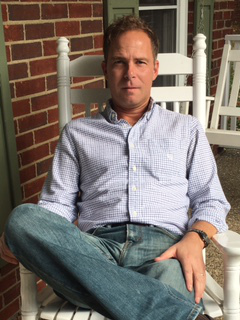
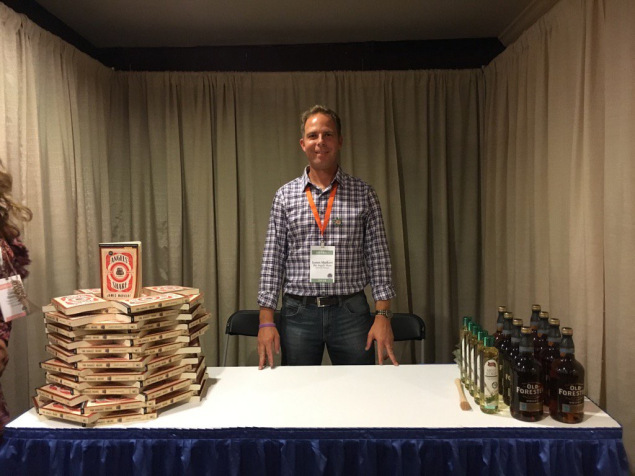
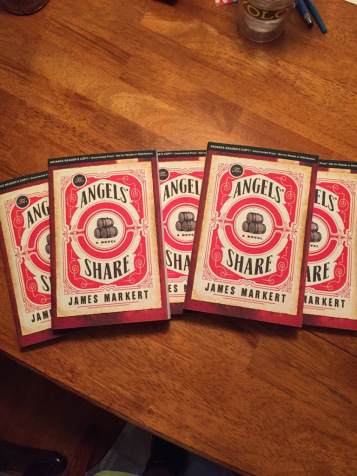
Advertisements Share this:

